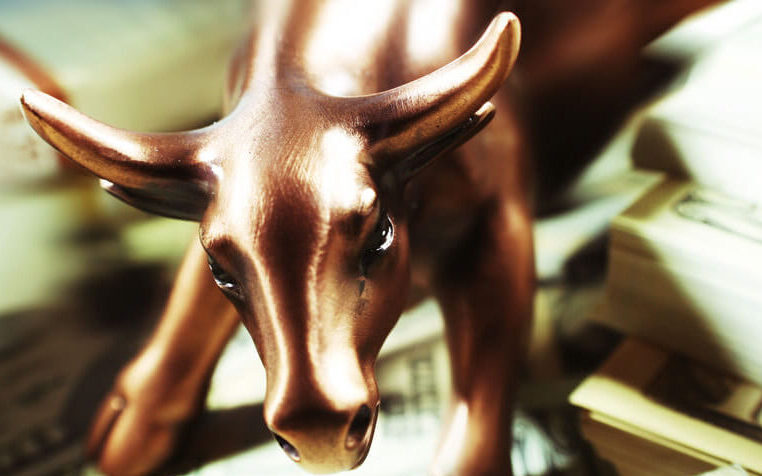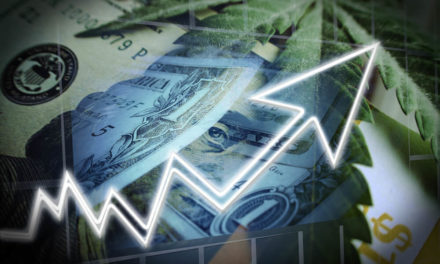There is some debate about whether the bull market — the longest in history — ended during December’s bloodbath, but most Wall Street strategists believe it is still running and can do so for another year as a long as the chugging economy staves off recession.
Strategists count March 9, 2009, as the day the bull began after the S&P 500 set a closing low of 676 (it dipped to an intraday low of 666 on March 6, 2009). Since that fateful day the S&P 500 is up a whopping 313 percent and sits at 2,786 just before the opening bell Wednesday, Feb. 27, 2019, just two-and-a-half weeks shy of the bull’s 10th birthday.
“Age alone doesn’t kill the bull. The conditions are definitely set up for a positive year, especially given last year’s setback,” BTIG Chief Equity and Derivative Strategist Julian Emmanuel said.
December’s tanking of the market was the result of recession fears and worries that the Fed was raising interest rates too quickly after upping it four times in 2018, with projections of at least two hikes on the books for 2019.
Since then, the Fed has pivoted and said it will be more “patient” before raising rates again in order to see how things play out.
On Dec. 26, the S&P cratered 20 percent intraday, bottoming out on Dec. 26 before bouncing nearly 19 percent. Emmanuel says that 20 percent drop was technically a bear market within a bull because it was an intraday decline, and stocks bounced back so quickly.
A 20 percent decline is generally the marker for when a bear begins, but only if it persists and the market actually closes at that level.
Per CNBC:
Fed was the enemy
“The sell-off created some real value, and the other key thing, probably the most important thing is the Fed went from potentially being our enemy, which was going to raise rates until something broke,” said Ed Keon, chief investment strategist at QMA. Now the Fed is saying it will pause, and has also shown a willingness to end the roll down of its balance sheet, he said.
Stocks have moved higher through the earnings reporting period in January and February, even though earnings expectations for the next quarter are now negative and the year looks flat.
“I still think we’re going to get zero earnings growth this year, and even though the economy is going to slow down this year, but the market can still work its way moderately higher,” said Keon. “What matters is what actually happens as opposed to policy changes or perceptions of trade wars. What’s going to matter is what actually happens with the global economy.”
Keon said the U.S. is slowing but other economies are as well.
“Europe is quite slow. China has slowed down quite a bit. Japan is slow. Everybody is slow. The question is, is this the pause that refreshes? Or is this the beginning of a recession. I don’t think anyone knows what the answer is to that,” he said. “You don’t want to simply disagree with the data that disagrees with your position.”
Economic data has been choppy and getting a read on the economy has been more difficult than usual because of the delay in government data releases, during the 35-day government shutdown. The shutdown is believed to have been a factor behind weaker economic reports and confidence surveys.
Consumer confidence bounced back in February after sliding in January and was better than expected. Emanuel said the improvement was positive and could mean December’s surprisingly sharp drop in retail sales was temporary.
Some analysts say business sentiment was also hurt by the government shutdown and the trade wars.
“I think there is the prospect of some agreement with the Chinese on trade that could end up causing analysts to reverse course and start picking up their earnings estimates for full year 2019, which would make people less worried about an earnings recession and would indicate P/E ratios are a lot more attractive than anticipated,” said Sam Stovall, CFRA chief market analyst.
Trade deal
Emanuel said the signs of progress on the trade talks has been helping risk assets.
“There’s going to be a deal. There’s going to be a promise of further talks. It’s going to keep going. It’s going to stabilize things as well. You’re seeing it in the Chinese equity market. You’re seeing it in the Chinese currency market. The psychological damage in the fourth quarter was significant enough that people couldn’t get their head around getting reinvested this early in the year but the Fed is greenlighting that stand, as is Chinese stimulus and the prospects of a trade deal,” he said.
He said all of the markets are moving on the prospect of a deal except for the fixed income market. Yields, which move opposite rice, have been lower, a sign of concern about the economy and a response to the Fed’s low rates. Treasury yields could also be moving lower with European bonds.
“They’re not discounting it in the fixed income market and we’re keeping an eye on that,” he said.
Stovall said the bull market’s run, even if you just took it to its last high in September, is way longer than any other bull market.
“As of today, this bull market is 3,641 calendar days long,” he said on Tuesday. “The next longest was the one that ended in 2000 after 3,452 days.”
Emanuel said the older bull market is inherently more risky, and investors remain underinvested after selling out positions at the end of last year.
“If you look at the fourth quarter of 2018, it was mass liquidation. You basically sold everything You covered shorts and got positions down to almost nothing. You’ve seen the number of people that are neutral on the market rise over the course of this year so far. It tells you they’re underinvested. They’re skeptical,” he said.
That could be a positive for the market.




